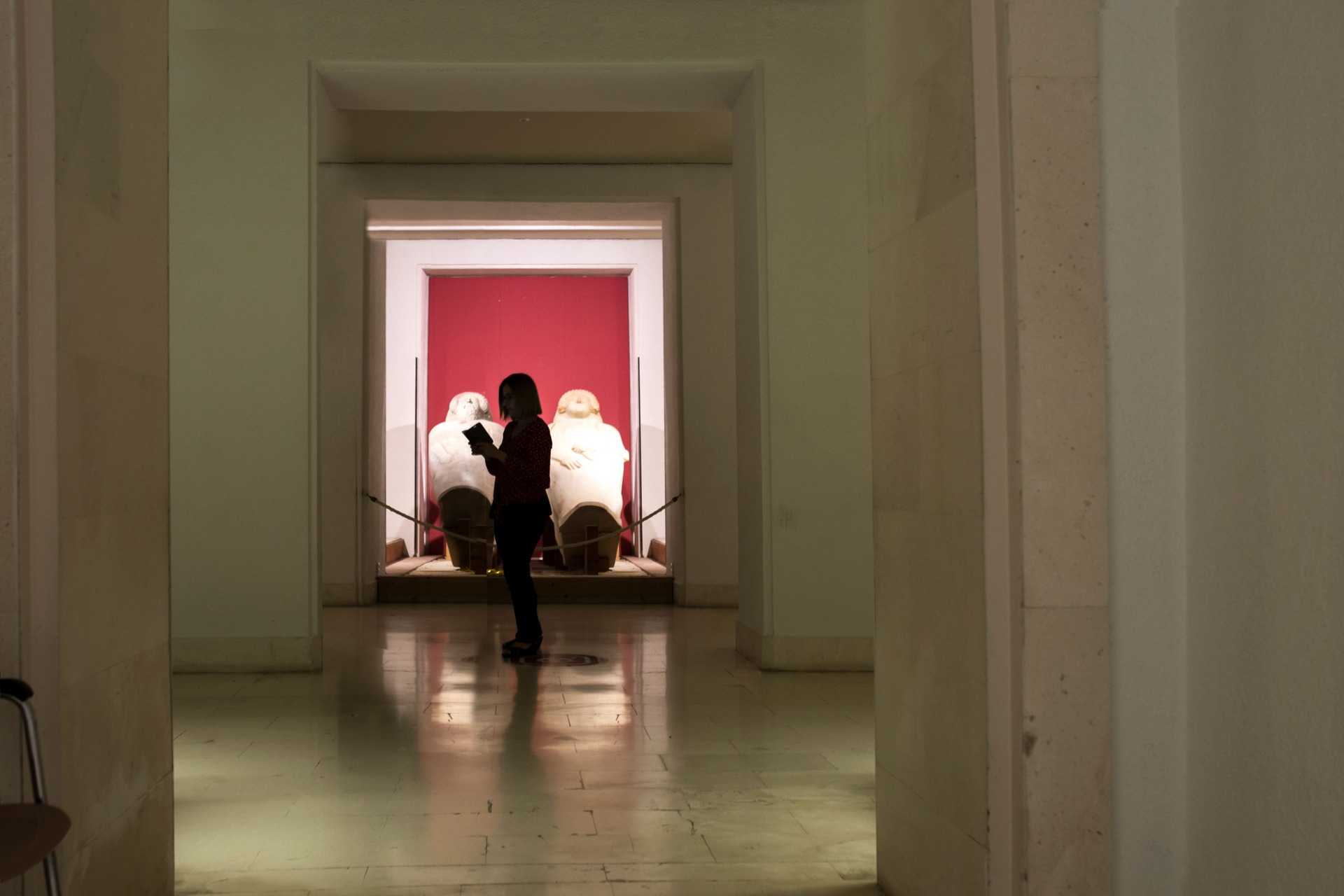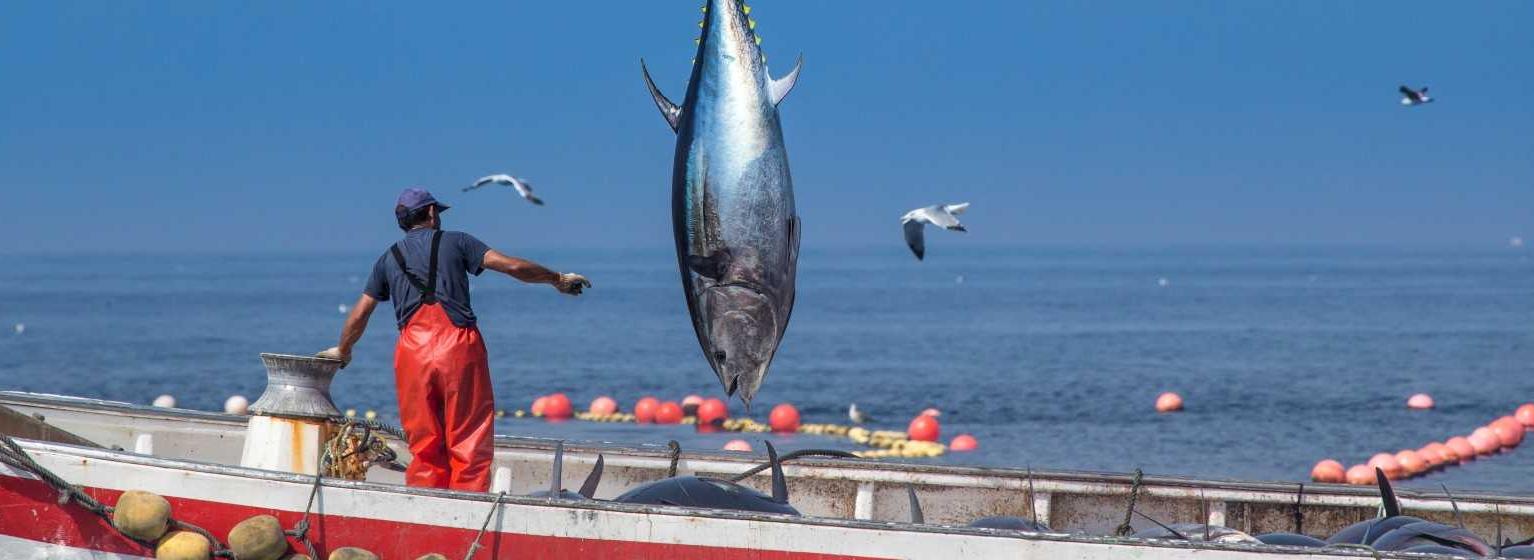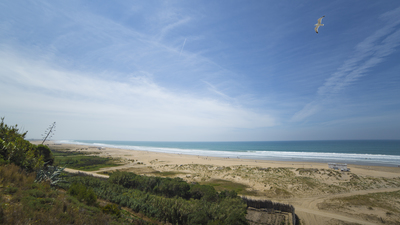Phoenician and Roman Cádiz

The roots of Cádiz are visible in different points of this three-thousand-year old city. The extraordinary human-shaped sarcophagi, which are displayed in the Archaeological Museum, and the Gadir site, both from the Phoenician era, predate the Roman remains in the city: the columbariums, the salting factory and the Roman theatre, all of which together with the ocean, were always there to mark the pulse and the skyline of Cádiz.
There are a number of places that help you to appreciate the passage of the different civilisations through the city of Cádiz. Both the Gadir from Phoenician times and the Gades built by the Romans, have left an indelible mark that will enable you to explore "the silver cup" from a different historical perspective.
The Phoenicians founded Gadir in the 11th century BC, making it one of its main colonies because of its strategic location between Europe and Africa, and bringing in a time of splendour and great prosperity. There are valuable remains from the passage of this civilisation, including famous anthropoid sarcophagi that are preserved in the Cádiz Museum. These are the only examples found in Spain so far, whilst in all of Europe there are only a few of this type in Sicily.
If you are interested in this period, you can also visit the Gadir archaeological site, which is in the El Mercado area. The scarcity of archaeological remains from this civilisation in the Mediterranean makes this a unique place for delving into the Phoenician culture. The site is on a number of levels and you can really appreciate the layout of the streets and the structure of the houses. In the Cueva del Pájaro Azul, in the district of San Juan, the archaeological remains of the shipyards and the original Phoenician dock have recently been recovered and can now be visited.
It was after this that Cádiz became essential during the Roman era. It was known as Gades, the passage of this civilisation left indelible marks on the city. The first is located in the famous neighbourhood called El Pópulo, where the soldier Lucius Cornelius Balbus "the Younger" commissioned the construction of the Roman Theatre, in the 1st century before Christ. It was the second oldest in the Empire after that of Pompey in Rome, and it was discovered in 1980.
Since then, a lot of work has been undertaken for its conservation, consolidation and enhancement. It is almost 120 metres in diameter making it the second largest in the Iberian Peninsula, with a capacity for more than 10,000 spectators.
From this period there is also the salting factory and a Columbarium, where you can see different types of Roman tombs, featuring those destined for cremations. The only area you can actually visit corresponds to three funerary enclosures of the columbarium type.
By the way, you should not forget that archaeological gastronomy is the tastiest way to discover the history of Cádiz, you simply eat it!












